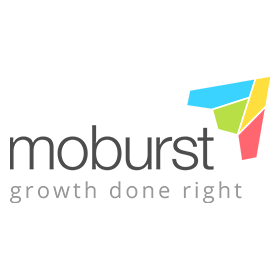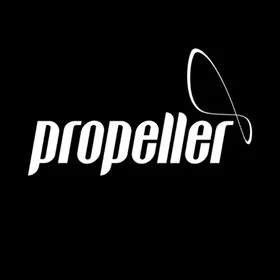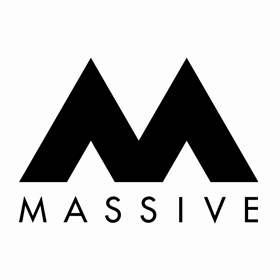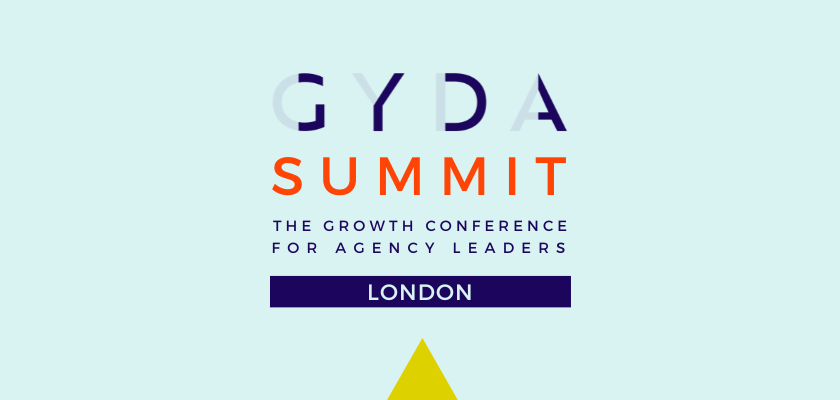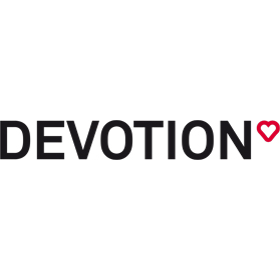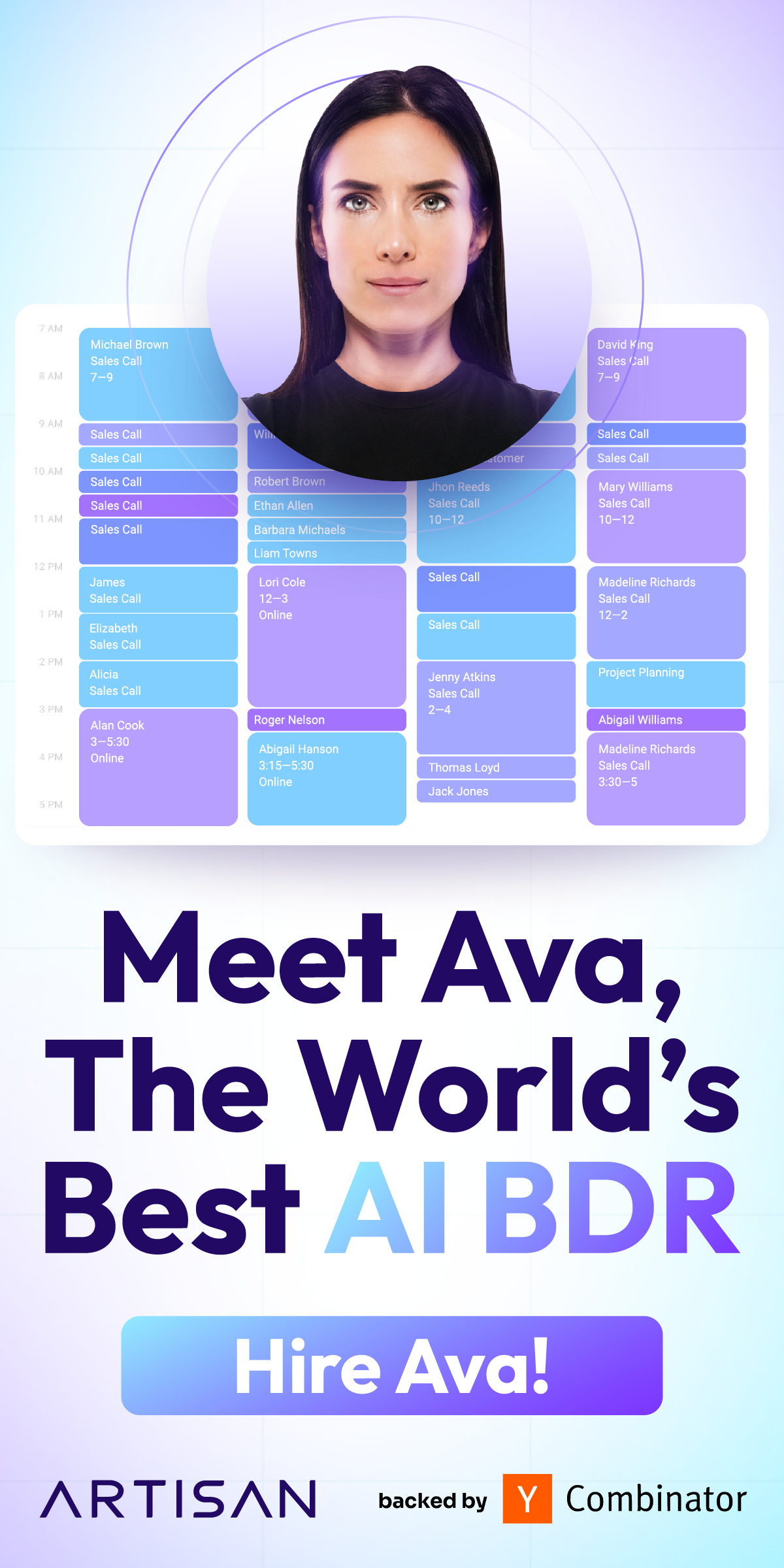
How Agencies Can Get the Most Value from Creator Relationships
Creators and agencies essentially exist in a type of symbiosis. Creators need to work with agencies to connect them with brands for sponsorship, while agencies rely on creators to extend the reach of their brand clients.
These partnerships are rapidly growing more popular, too, as we found in our recent Creator Survey that 40% of creators not only signed more brand deals in the last year but generated increased revenue as well. Additionally, the recent State of Influencer Marketing report found that 82% of marketing agencies and departments now have a separate budget for influencer marketing, compared with 77% in 2022 and just 37% in 2016. What’s more, over two-thirds plan to increase their influencer campaign budgets this year, with only 7% saying they’ll decrease it.
Influencer marketing activity is the primary expression of creator-marketer relations, and it’s thriving.
These figures show that many agencies see value in working with creators, but not every creator-agency relationship is successful. I’ve seen some soar and some fall flat, but still too many just result in mediocre results.
Agencies that connect brands with effective creators and manage impactful campaigns can cement their reputations as reliable marketing partners that drive growth, so there’s a lot riding on getting the creator relationship right. Here are some of the best approaches that I’ve observed in my work facilitating brand collabs.
Look for relationships, not one-night stands
True, respectful partnerships are built on a long-term approach to relationships – just like in our personal lives. It’s hard to develop those if you only talk about a single campaign and then move on to someone else, so it’s best for agencies to think about working with creators for the long term.
Continuously engage with them, provide feedback, and explore new opportunities together.
Long-term collaborations offer several advantages when it comes to agencies’ ability to deliver quality work for clients, such as increased brand messaging familiarity, stronger connections with the creator’s audience, and the potential for ongoing content creation.
Clients rely on agencies to suggest the right match for their messaging and audience, and you’re better able to do that when you already have good relationships with many creators. When you work with the same creators across many campaigns, you set a foundation of mutual respect and understand each other’s working styles. This enables you to deliver better results and to set up productive campaigns more quickly and easily in the future.
Treat creators as partners
It should be obvious, but agencies should approach creators with genuine interest and respect. Recognize their creativity, unique voice, and expertise, and treat them as valued partners. Establish open lines of communication, listen to their input, and give them the creative freedom to maintain their authentic voice.
This approach is proven to drive the biggest impact with engagement between brands and creators.
That’s what happened when the Intersport agency used the Popular Pays platform to connect with several creators for a United Healthcare campaign. Thanks to the platform’s solutions for sharing campaign briefs, consolidated communication, and asset approvals, Intersport’s Allie Incaudo said she was able to collaborate effectively with creators at scale, giving them the leeway they needed to generate their best work.
Take a strategic approach to asset creation
Creators and influencers operate in similar spaces, but not every influencer is a creator, even though one person can be both. It’s important to understand the difference between creator relationships and influencer relationships because agencies need both at different times.
Instead of (only) working with influencers to expand your reach through sponsoring their posts, think about working with creators to produce assets that you then own and can use in paid ads for your brand client.
These assets can be extremely valuable. You can frequently reuse them and, in most cases, even edit them for future projects with the same client. Some will be evergreen content, so it’s vital to negotiate ownership from the outset to avoid friction later.
Bigger creators are less likely to agree to allow brands and agencies to own the content outright, which is why working with micro influencers is often more attractive.
Track creator analytics
You don’t need me to tell you to set and track KPIs for every creator campaign and to agree on the metrics you’ll use to monitor success. Beyond crunching analytics for different types of assets, posts, and content forms, agencies should also explore analytics that compares different creators against each other.
It’s a good idea to work with a few different creators on a single campaign, especially if you’re still building your creator networks. This way you can compare how well their assets perform to see which creators generate the most engagement for different types of content or campaigns.
Then you can double down on the ones that are the most effective for your brand clients.
Make more use of creator skills
Last but not least, think outside the box a little when it comes to how you work with creators.
It doesn’t have to be all about influencer campaigns or producing polished assets; you can also hire creators in a similar way to working with other types of contractors. Ask them to complete smaller tasks that help your production pipeline, like preparing still images and short clips, editing longer videos down to supercuts, etc.
Because they’ve already demonstrated their creative capabilities, you can rely on creators to carry out these tasks that you might not otherwise outsource. This way, you can free yourself to grow your business, and your agency staff to dedicate more time to nurturing client relationships.
Maximizing creator relationships for agency success
Marketing agencies can carve out a niche for themselves when they prove their ability to achieve maximum return for the brand’s budget or target spend. It’s not always easy to walk the line between building trusted long-term relationships with creative partners and making strategic decisions about the best ways to deploy your creator forces. The agencies that crack the code can enjoy significant growth.

